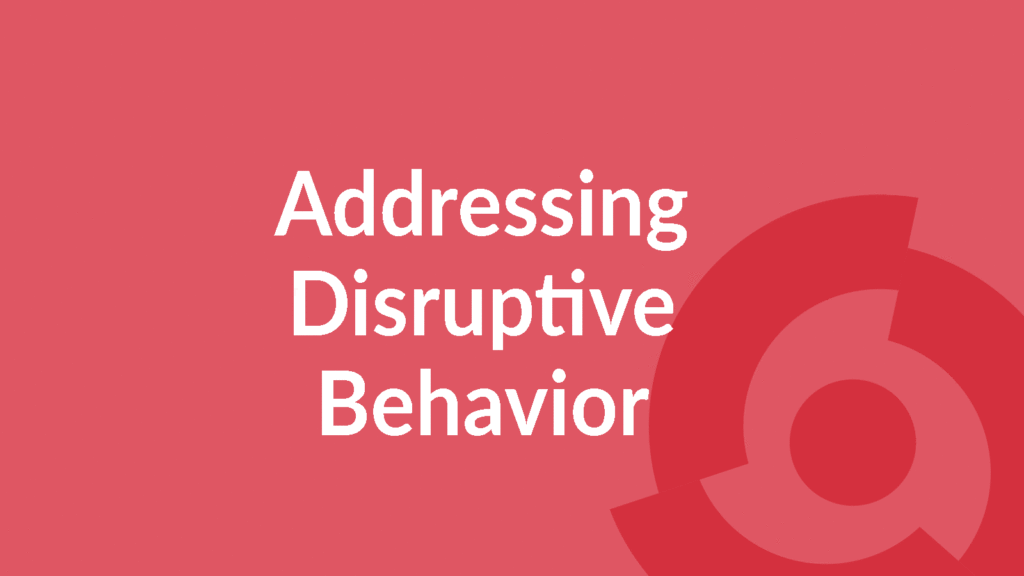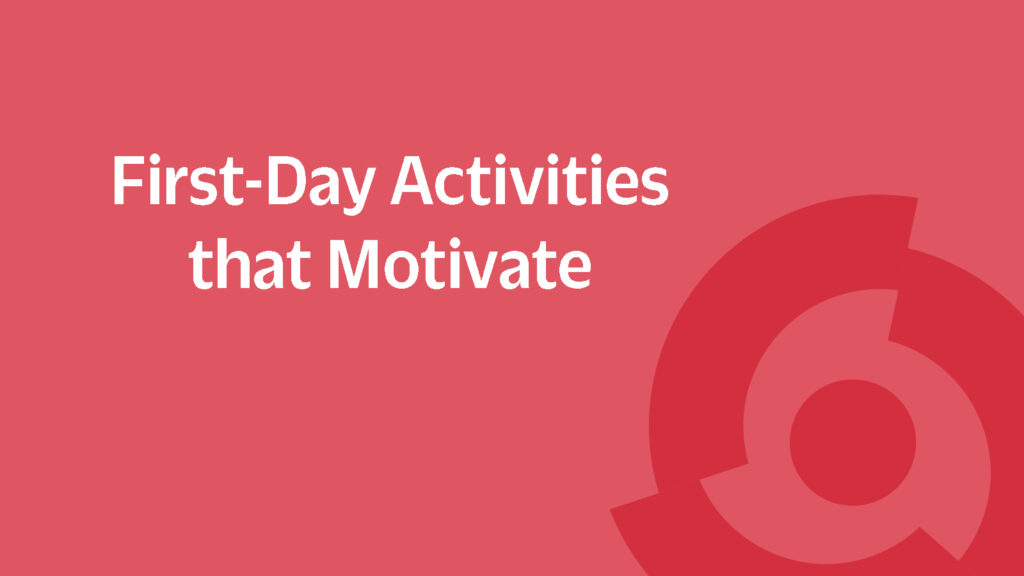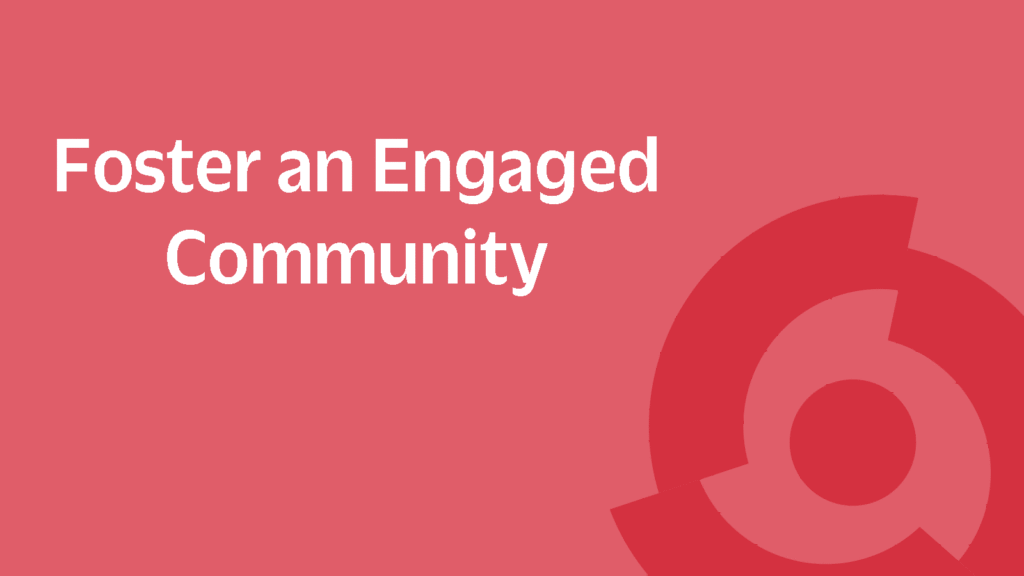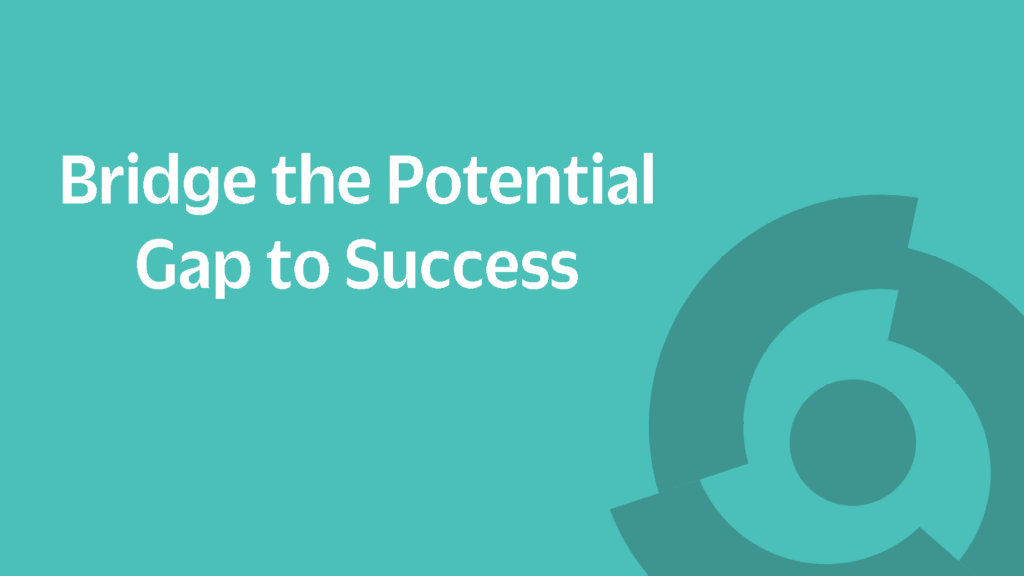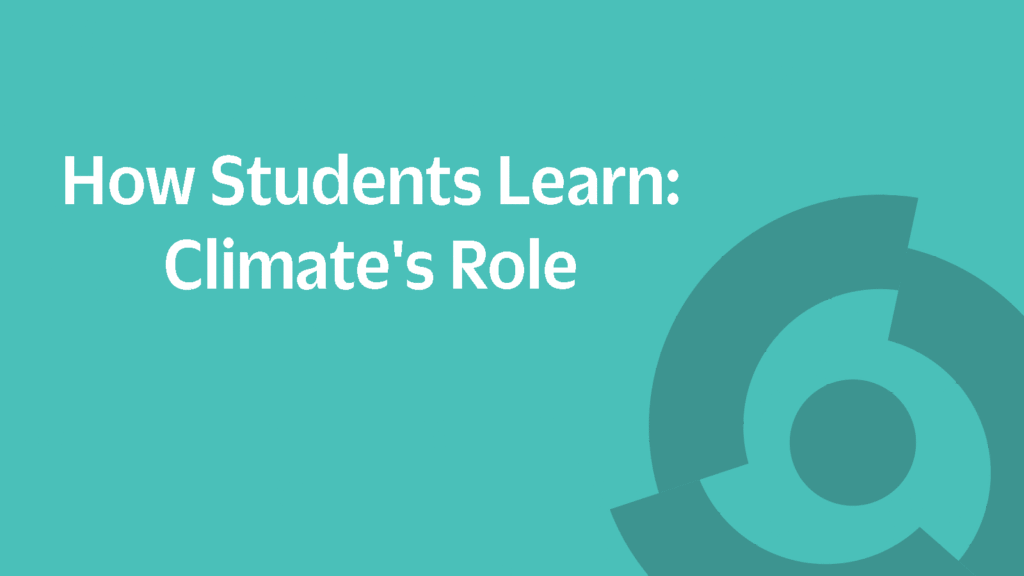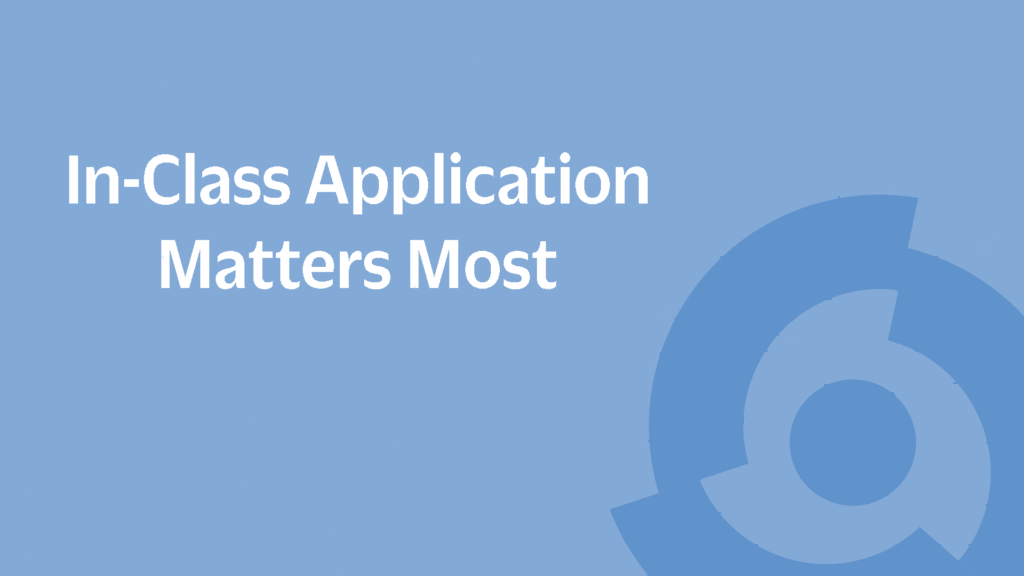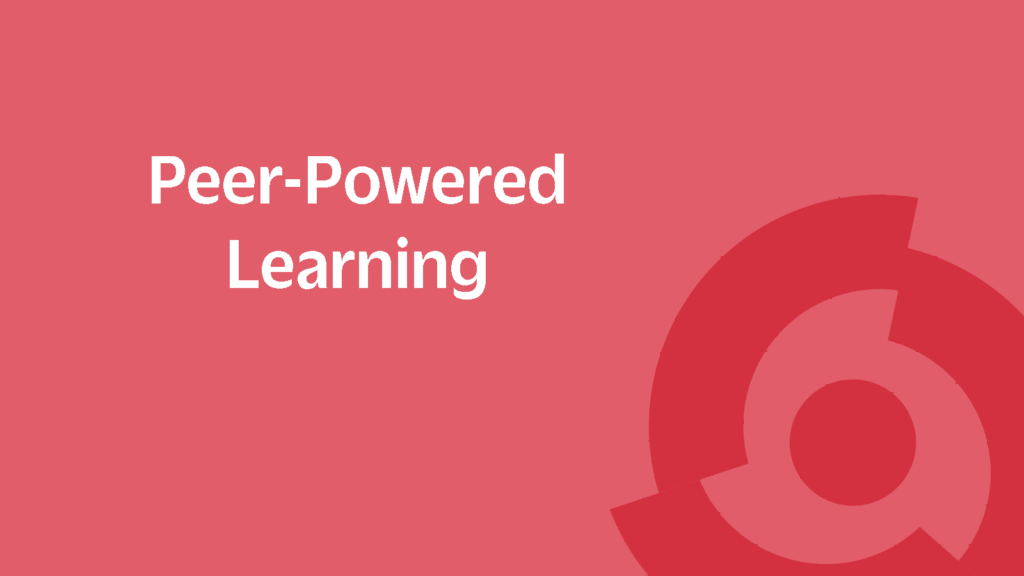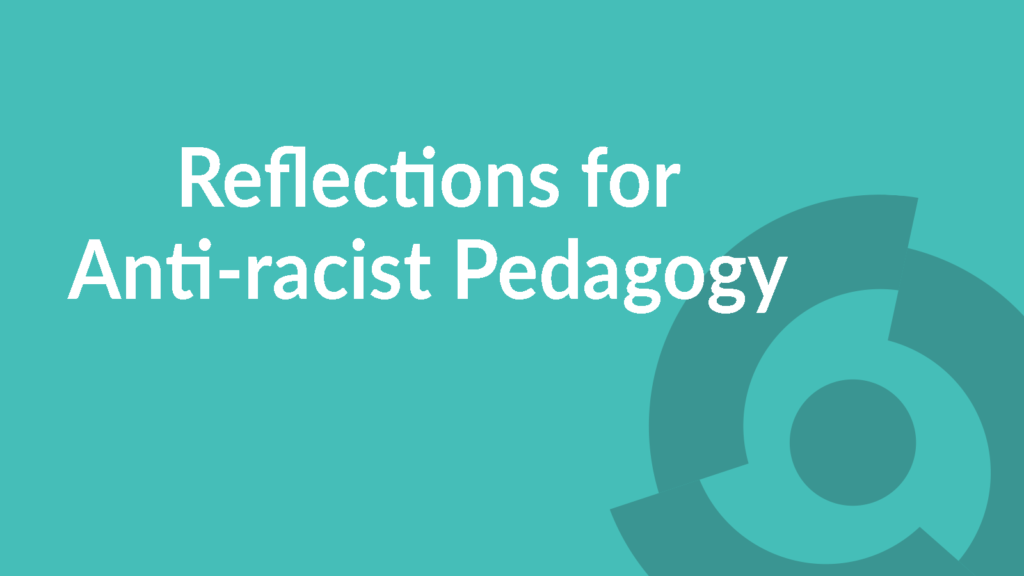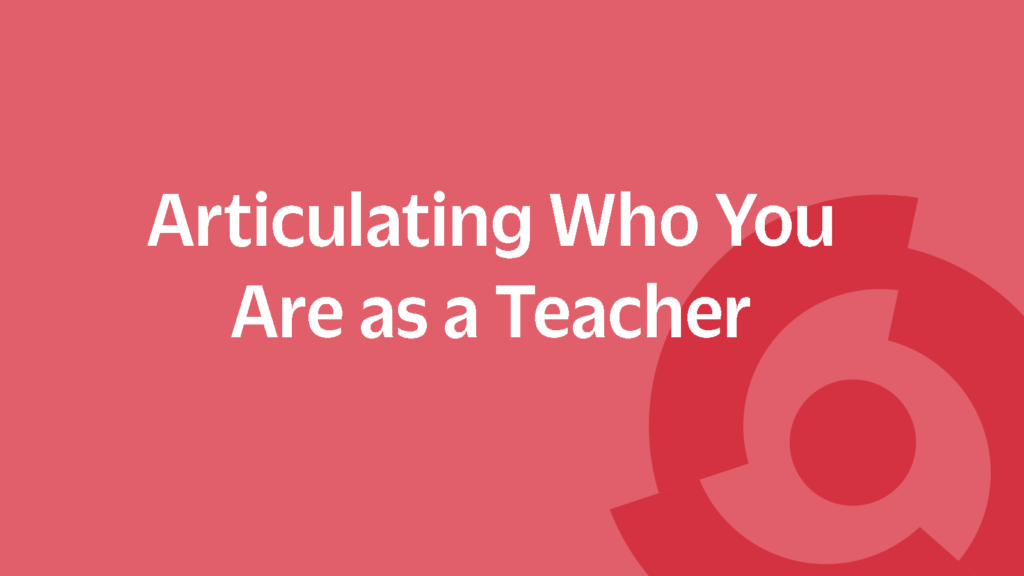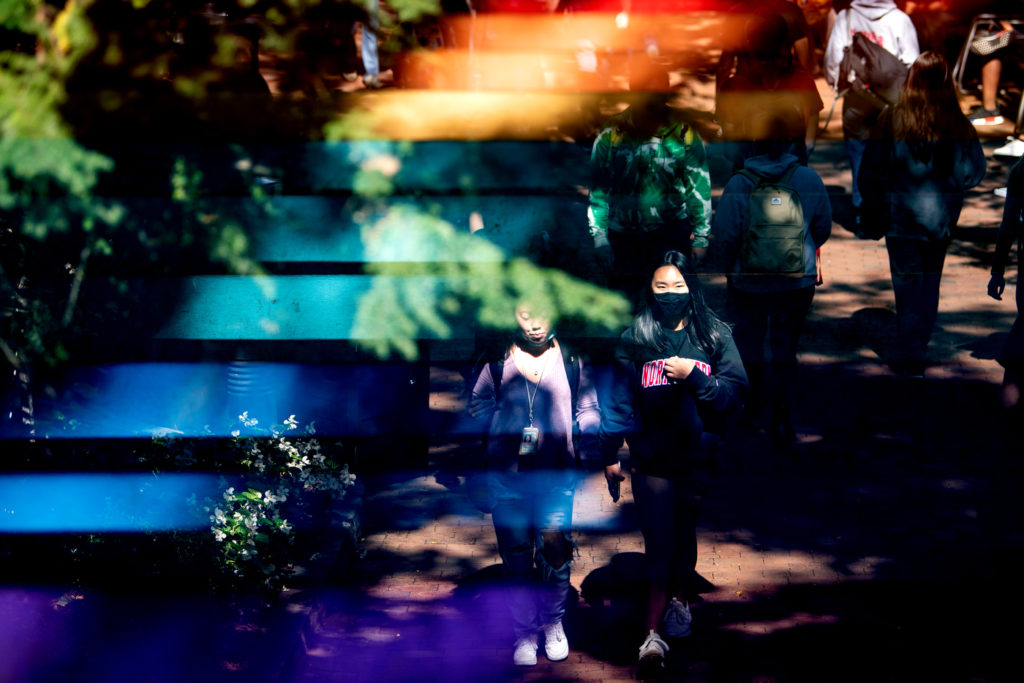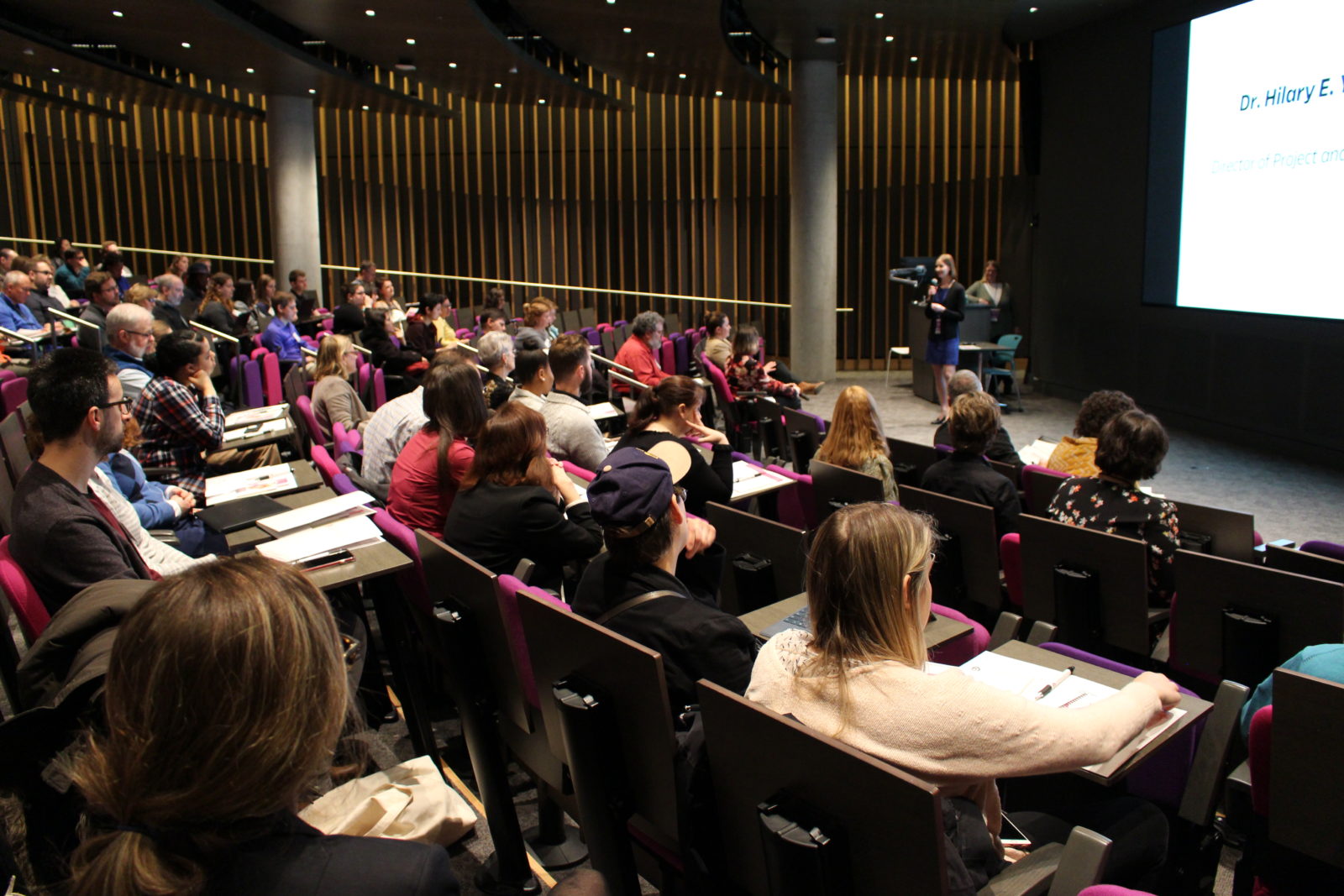Teaching Strategies
We work with educators to put learning science to use.
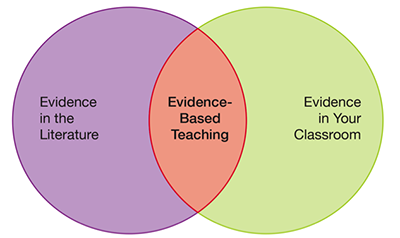 Most of us start out as educators simply teaching the way we were taught. Our personal histories can provide powerful and inspiring models but, as we expand our repertoire, we become better able to engage more of our learners where they are–in pursuit of getting them where we want them to be.
Most of us start out as educators simply teaching the way we were taught. Our personal histories can provide powerful and inspiring models but, as we expand our repertoire, we become better able to engage more of our learners where they are–in pursuit of getting them where we want them to be.
Evidence-based teaching practices can be powerful additions to one’s toolbox, as they build upon what research literature tells us about human learning. You are the expert on what happens in your own classroom, so evidence-based teaching also takes into account evidence of learning that you see as your teaching practice unfolds.
Building upon the foundations of learning, these teaching strategies offer practical techniques for engaging your learners to maximum possible effect. These tips and resources are organized by topics upon which we frequently consult.
Preparing to teach
Clarity of goals, intentional structure, and planning for individual differences among students go a long way toward creating a successful learning experience. Sample some tips here or view all Preparing to Teach posts.
Starting your course successfully
Teaching well begins with learning a great deal about who you are teaching. There are no classes or students: there is only this class and these students. Sample some tips here or view all Starting Your Course Successfully posts.
Active learning
Anything one does beyond passive listening or reading will increase the depth and durability of one’s learning. Sample some tips here or view all Active Learning posts.
Reflecting on your own teaching practice
Just like our students, we as educators benefit from reflecting on what we’re doing that’s working and where we might make adjustments. Sample some tips here or view all Reflection posts.
Self-Paced Modules
See relevant self-paced modules here, or view all of our self-paced modules.
Our teaching methods and modalities can change depending on our students and our own needs. Adapting in a sustainable way to meet those needs is key to providing a rich, supportive learning environment. Explore our resources for various teaching scenarios below, developed by CATLR in collaboration with departments across Northeastern.

